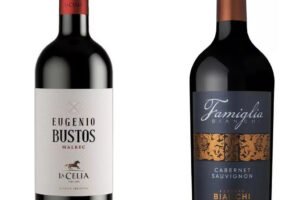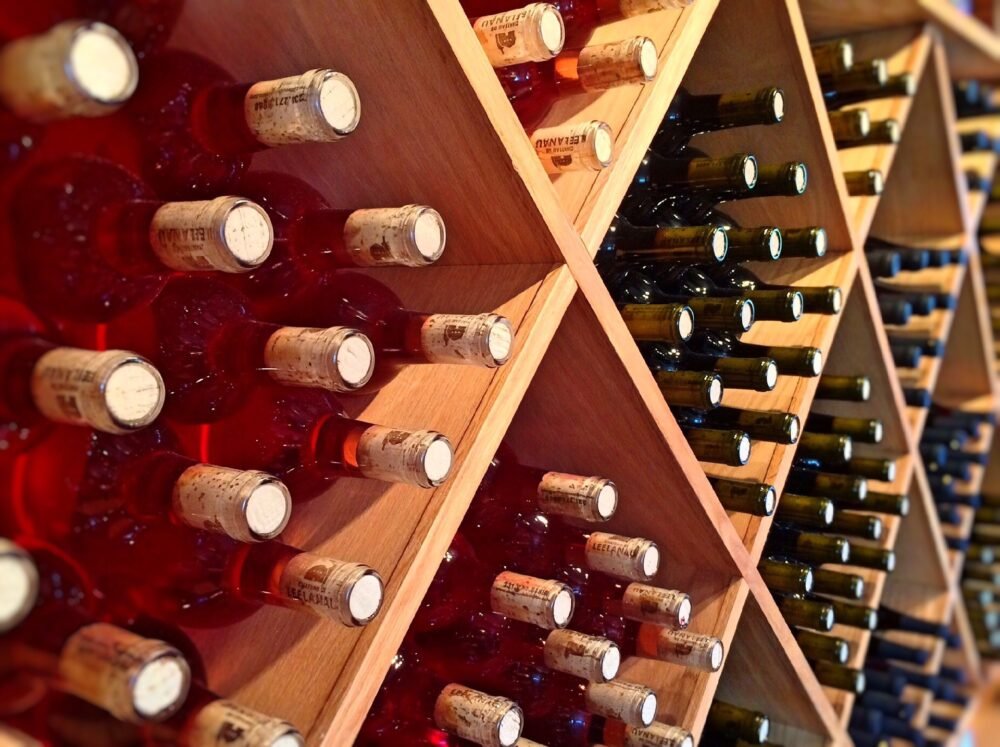How to Choose a Good Malbec Wine
The winter season is already well underway, and what better way to enjoy it than with a good glass of red wine? Red wine is a faithful friend of our cosy winter afternoons and evenings! It doesn’t matter you don’t know anything about wines: you can choose a good Malbec anyway. But do you know how to recognize a good Malbec at first glance? From the bottle shape to the small print on the back label, they can give you valuable clues to choose the right wine. So, here’s our quick guide on how to pick the best Malbec for your next special occasion.
Table of Contents
Bottle shape
At first, the shape of the bottle doesn’t say much. But the truth is that the size and thickness of the glass can give you helpful information when choosing the most suitable wine. So, a heavy bottle made from thick glass is always an indicator of quality.
Just think about the money it must have cost to make such a package. Many wineries opt for more consistent glasses to give solemnity and packaging to the wine. Usually to their premium products. As for the shape of the bottle, in the case of Malbec wine, the most common is the Bordeaux. This is the most popular style of bottle, with straight sides and high shoulders.
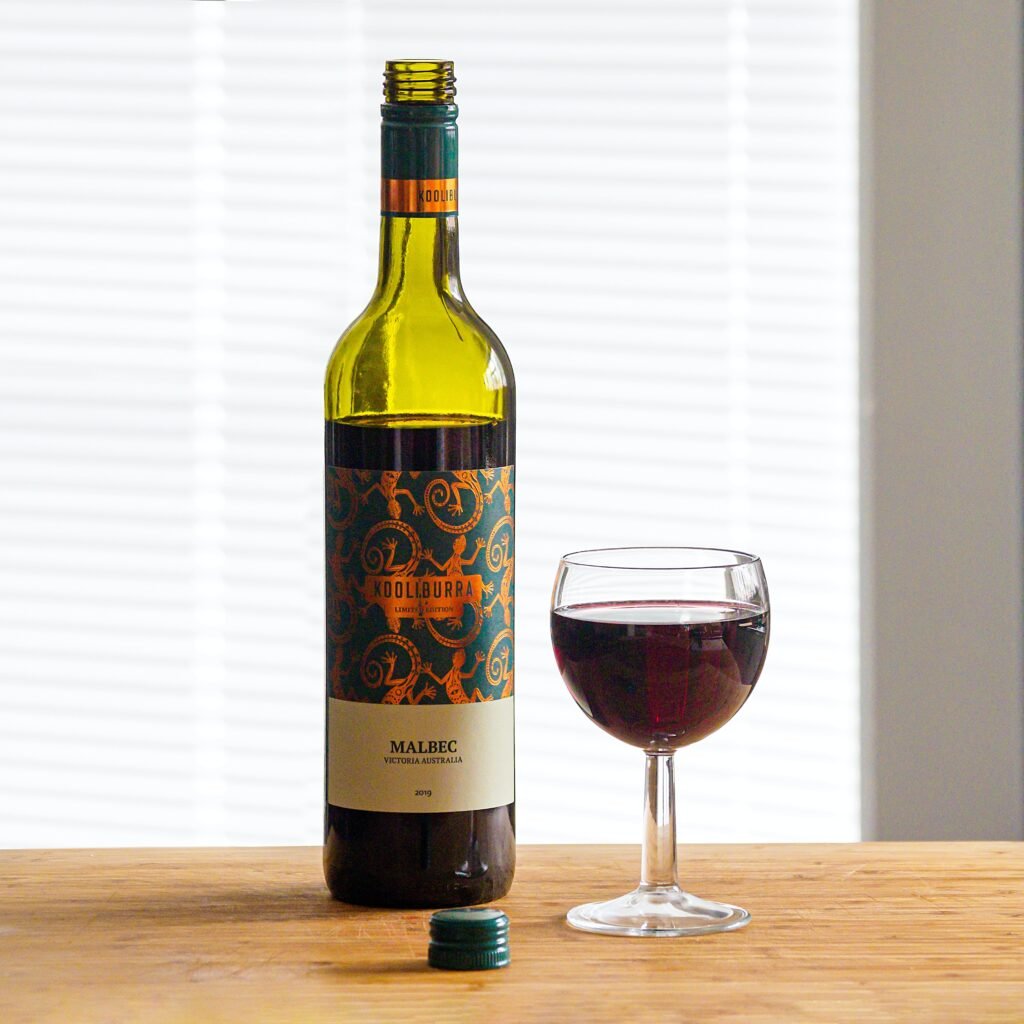
Bottle size
A normal bottle contains 750 ml of wine. Did you think they were litre? First mistake. You can also find half bottles (375 ml), although they aren’t very common. Producers want to sell as much wine as possible. And they also worry that there is too much oxygen in the bottle for prolonged ageing.
Then, according to experts, the best size for long ageing is the magnum (1.5 l). So, the relationship between the volume of wine and oxygen in these dimensions is excellent. In short, the magnum will ensure the best condition of the wine. As for the larger bottles, the reality is that they are only suitable for hospitality (or to show off).
The label and the back label
The label is the authentic letter of presentation of wine. And not only because of how pretty or striking it may seem to us. The label can end up convincing us about the choice. Or on the contrary, it can take away the desire to buy it. That is why a good visual organization of the data, the veracity of the mentions and a suggestive description are so important.
A wine label can lead you to an area, a specific type of wine and even to a specific producer more directly than any other sales item. Generally, the name of the wine and the vineyard location are on the front label. And the rest of the elaboration details and obligatory mentions will be on the back label.
Choose Malbec wine according to the region
The region of origin of the Malbec wine can also help you find your way around. French wines have rich tannins. In other words, these wines lead to a harsh, puckery feel in your mouth. French Malbec wines are also known as “the black wines of Cahors”, and they are intense and robust.
On the other hand, Argentine Malbec wine has fewer tannins than French. Generally, they have an intense fruity flavour and a velvety texture. So, Argentine wines adapt perfectly to all palates. However, there are different terroirs in Argentina. That means Argentine wines can vary their taste and aroma according to the terroir they come from.
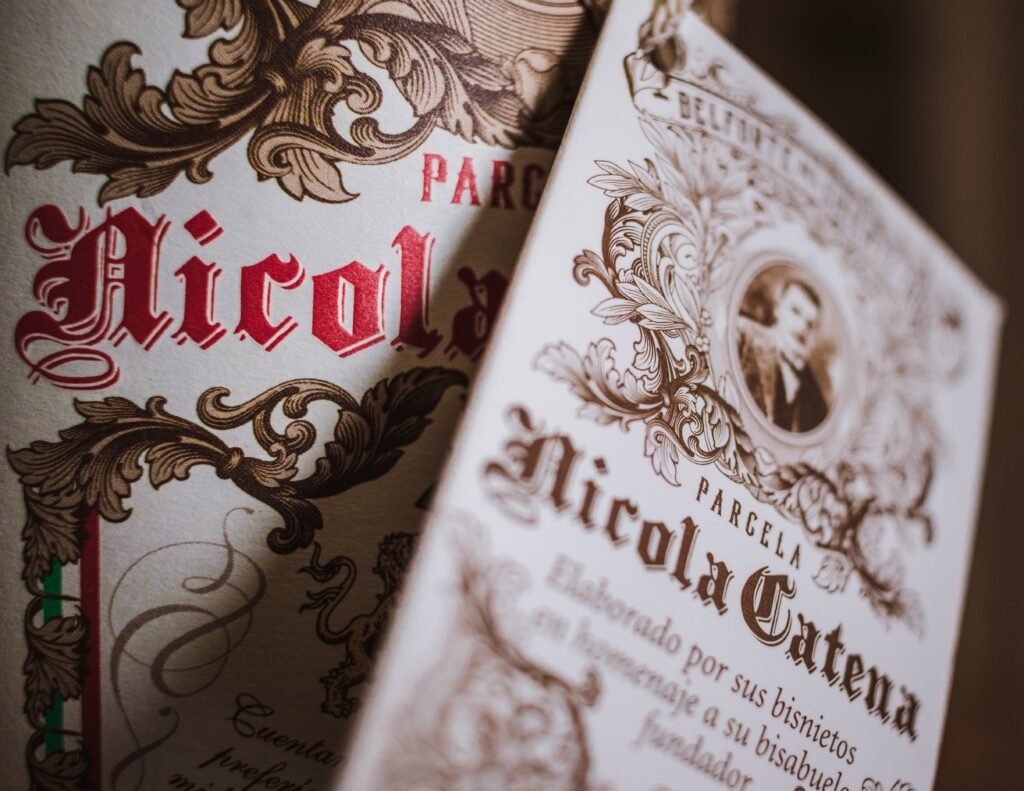
Cork size
If possible, note the size of the cork. If the cork is long, it means it’s a wine that will improve with age, since it’s designed to be kept for a long time. The longer cork withstands the passage of time better. In addition, it prevents bacteria from gaining access to the wine and makes it easier to be extracted or rotated every few months.
Choose Malbec according to the age of the wine
A young Malbec wine may be very different from an aged. So, when Malbec wine is young, it has a bluish or purple colour. This remains so during the first two years of life.
A couple of years later, Malbec’s colour becomes medium ruby. And it starts reflecting tones of tile and brown after four or five years. If the wine is very concentrated and has enjoyed the benefits of ageing in oak barrels, the blues will surely be firm but not as bright. And this remains so until the first three or four years in the bottle. Then, red nuances begin to appear and eventually brown, always within a very dark and compact appearance. This chromatic period can become very extensive. The mature Malbec with a heavy and thick style has an enormous capacity for evolution over time and its colour really takes a long time to degrade.
As for its aroma, this wine is very fruity when young. The most common aromas that can appear in Malbec according to its style are:
| Young Malbec, without oak ageing | Plum (sometimes plum caramel), morello cherry, mint |
| Well-structured Malbec, aged in wood | Dried plums, coffee, truffles, raisins, chocolate, roasting (this depends a lot on the degree of toasting of the oak in which the wine remained). |
| Aged Malbec, long time in oak barrels and bottle | Tobacco, pepper, leather, anise, cinnamon, toasted almonds. |
Could we identify age wine reading the label? Of course. If you want to try an ageing wine, look for terms such as “Reserva” or “Gran Reserva” (Argentine wines)
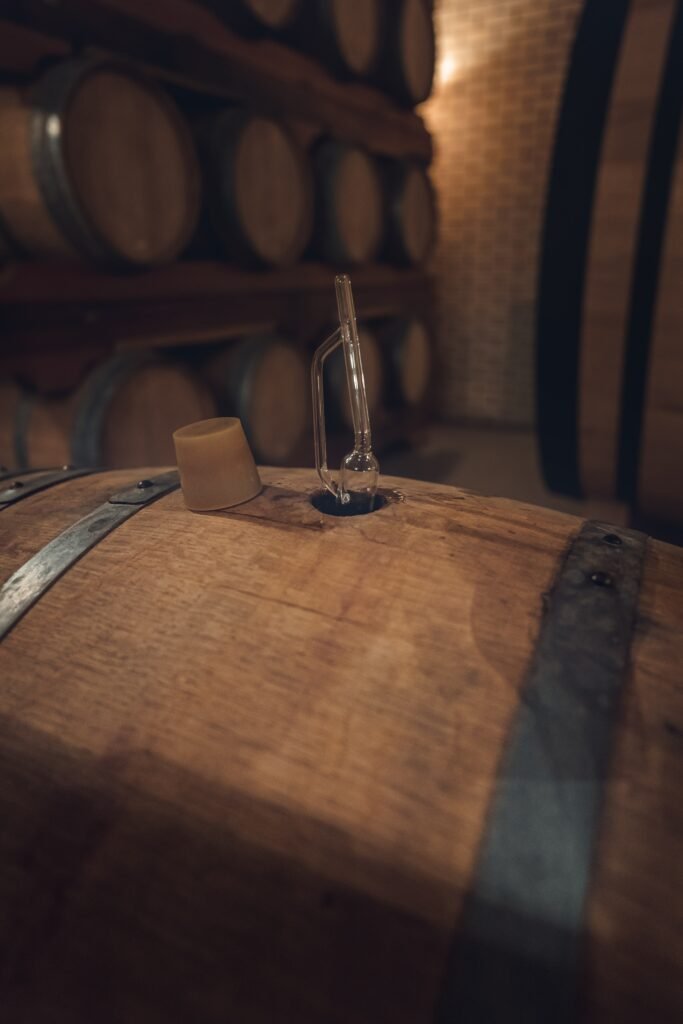
Taste the wine
If you can, taste the wine before you buy it. Fill wine glass 1/3 full, so that the flavour and aromas can develop in the glass. Rotate the glass in your hand so that the aromas of the wine expand. Look at the wine in the glass. When a wine has carbon dioxide, there are bubbles. This is a sign that there are live yeasts in the wine, and it’s fermenting in the bottle. Put the glass close to your ear. If you hear bubbling, avoid that wine. Lastly, try the wine. You should also avoid that wine if you feel a “sparkling” sensation produced by micro-bubbles.
Choose Malbec wine according to your budget
A good Malbec wine is priced between 10 and 15 dollars (8 to 11 pounds). At that price, you can be almost sure that the wine you choose will be of good quality and pleasant to drink.
When choosing a Malbec wine, many will tell you that price is a guarantee of quality. This rule doesn’t apply as easily to Malbec. A product that is too expensive can be a sign of a wine that is too “branded”. And a malbec at 10 dollars can prove to be just as good. However, you shouldn’t forget the must-tries such as Catena Zapata or Alamos Malbec.
Other indicators to take into account
Although citing the vintage isn’t essential, it’s interesting when it appears on the label. This info indicates that the wine comes from that year’s harvest. And with a simple internet search, you will know if it was bad or good in that area.
The method of production, the type of ageing and other traditional references such as “aged in oak barrels”, “oaked wine”, “unoaked wine”, will also tell you about the uniqueness of this wine.
The back label usually tells the story of the wine, the traditions, the concept, the pairings… You may read it, but without going crazy, since most of the time, this text will respond to a marketing strategy. In any case, this information will always be subjective.
Also, look at the logos or the complimentary certifications such as Ecocert or Demeter. So you’ll know if the wine you have in your hand is organic, biodynamic or suitable for vegans. It’s the only way to be sure.
For example, the tin capsule that covers the stopper of French wines contains valuable information. If it’s green, it’s an AOC wine (a short for Appellation d’Origine Contrôlée). If it’s blue, it will be a table wine. The letters that surround it are also important. N indicates Trader and E, Warehouseman. In those cases, the product comes from a company that has bought the grape or the wine before marketing it under its name. R, for the collector, is reserved for producers who have harvested their own grapes and vinified them.

Conclusion
Many people use the price rule. It is easy to think that the more expensive the bottle, the better the wine. However, some of the best wines are low-priced.
The most important thing is to use the sense of smell and taste. If you like what you taste on the first impression, and without any conditions, it’s probably worth buying that wine.
Finally, it’s essential to find a Malbec that you like. Once you’ve got it, buy the wine. But always keep looking for new wines.



